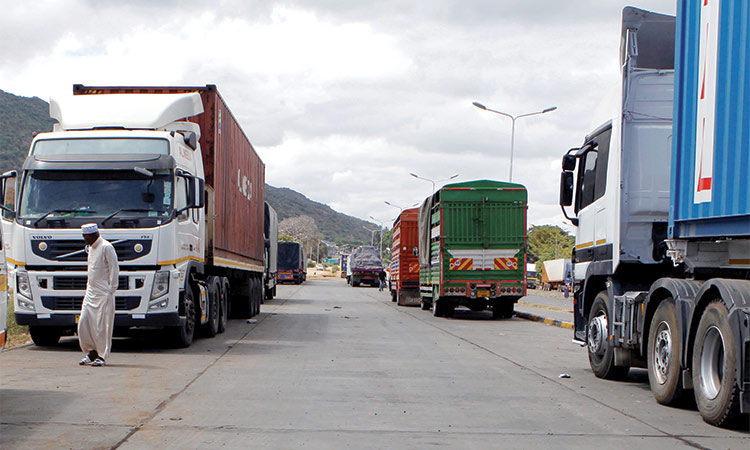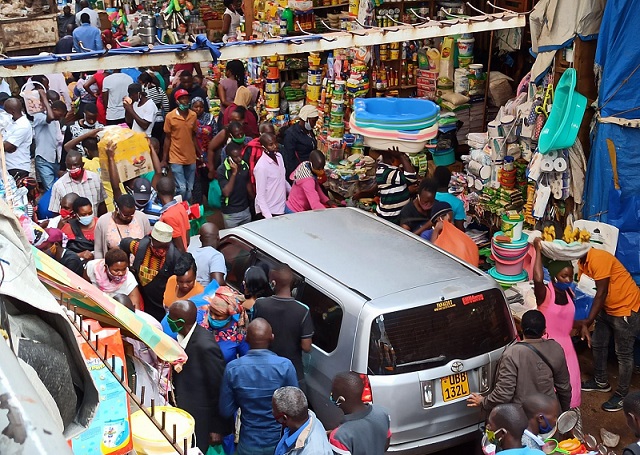East African Nations Deviate from Agreed Tax Rates in Local Production Dispute

Under the recently imposed Common External Tariff (CET), East African Community states anticipate that import costs would continue to be high since their countries emphasize value addition and the preservation of their domestic production companies.
During the recent webinar titled “Post-Budget 2024/25 – Disparities in the Application of EAC-CET and Impact on EAC Businesses,” which was hosted by the EAC Secretariat and RSM Eastern Africa last week, Donald Tindamanyire, the Principal Customs Officer for Tariff and Valuation at the EAC Secretariat, disclosed that partner states had decided to impose a maximum tariff of 35% on imports that originate outside the trading bloc.
He said that the analysis supporting this decision demonstrated how the levy would raise revenue by 5.5%, improve intraregional commerce, lower imports, encourage value addition, draw in foreign direct investment, and generate jobs for East Africans.
Citing recurrent stays of applications (SOA) and country-specific duty remissions, he added that these benefits might not materialize as a result of the inconsistent application of the agreed CET.
He stated, “For instance, in the FY 2024/25, there are 1,956 tariff lines under stays of applications,” pointing out that Tanzania has 89, Kenya has 816, Rwanda has 116, Uganda has 901 and Burundi has 24.
According to Tindamanyire, 77% of all SOAs were on products subject to a 25% import charge, while 25% were on products subject to a 35% import duty.
Cotton, textiles, and clothing have the most SOA tariff lines (621), followed by iron and steel and agro-processing for the financial year 2024–2025, according to a value chain sector analysis of SOAs.
Market distortions, according to Josphat Karanja, manager of Tax Consulting at RSM Eastern Africa, are brought about by the EAC-CET’s inconsistent application.
Karanja stressed that the EAC-CET was created to secure particular sectors in order to protect the common interests of the many partner nations; this goal is undermined by the non-uniform application of the agreement.
The current EAC-CET is a 4-band tariff structure with a maximum tariff rate of 35%. It was successfully adopted in 2022 and is intended to protect sufficiently produced goods within the region from similar imports outside the EAC bloc, as well as to encourage value addition and intra-EAC trade. Dairy and meat products, grains, cotton and textiles, iron and steel, edible oils, drinks, and spirits are a few of the goods that fall under this tariff category.
Others include, but are not limited to, furniture, leather goods, freshly cut flowers, fruits, and nuts; sugar and confections; coffee, tea, and spices; textiles and clothes; headgear; ceramic items; and paintings.
In order to improve intra-EAC trade, investment, and regional value chains, Simon Kaheru, the vice chairman of the EABC, asked EAC partner nations to consistently implement the EAC-CET. He emphasized that by offering a similar tax structure for goods purchased outside the EAC bloc, the new trade agreements promote intra-trade and level the playing field in the EAC Customs Territory.
At the webinar, which brought together more than a hundred business leaders and regional government representatives, it was underlined how crucial the CET is to promoting intra-regional commerce and that political cooperation is needed to guarantee its consistent implementation.




